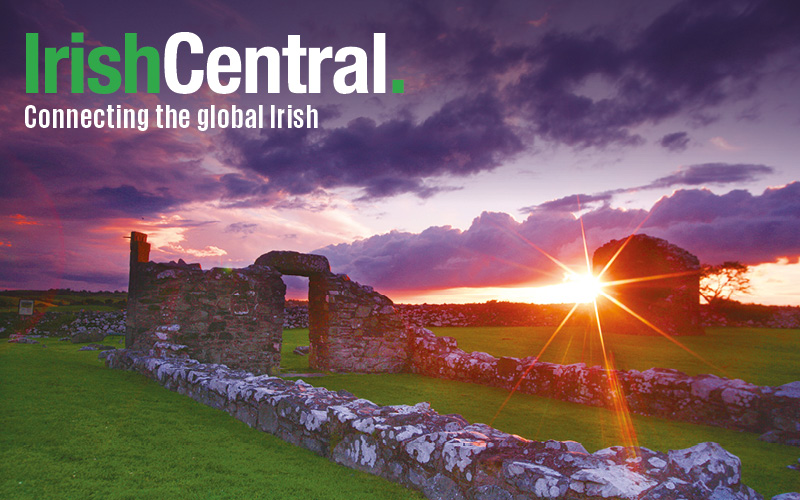The debate about whether the Irish Gaelic (Gaeilge) language is dead or alive still remains a hot topic in Ireland. We look at the many reasons why Gaeilge is more than just alive as a language.
"Reports of my death", wrote Mark Twain, "have been greatly exaggerated".
His words could also well have been spoken by the Irish language in modern Ireland. Visitors to Ireland know that everyone speaks English here but what about the other language? What about Gaeilge?
No sooner do you arrive at Dublin airport than you notice all official signs are in two official languages of the state, Irish and English. Then when you see that 'Baggage Reclaim and Exit' is translated as 'Bailiú Bagaiste agus Slí Amach' (!) you quickly realize that Irish is indeed much more than just English is spoken with a peat-scented brogue.
But is the language still really spoken? Have reports of death or imminent death of Irish language been greatly exaggerated?
Read more: Listen to a spine-tingling Irish-language tribute to The Cranberries' Dolores O'Riordan
Well, yes and no. Or as we say in Irish, "tá agus níl." (In so far, it must be said, as it is possible to directly translate words "yes" and "no." As you can see, Irish and English are extremely different languages!)
Where did this language come from and why has it declined? Irish is a Celtic language closely related to such languages as Welsh and Scottish Gaelic.
It has been spoken here for at least two and half thousand years. This is always worth remembering next time you are in a Gaeltacht, one of the Irish-speaking areas mainly along the western seaboard.
Yes, there are still thousands of native speakers of the language. There are few parts of the world where you can eavesdrop on a conversation between two people in a language that has been continuously spoken on that same patch of land for two and a half millennia.
Read more: Learn Irish for free: How to speak Irish for beginners
And why did it decline? Well, as a Dublin wit once put it when asked about Irish history, "English were here and now they're gone." But that's another story, which will be one of many often controversial Irish language-related topics that this blog will be dealing with in coming months, along with descriptions of the real situation of Irish as a living language in today's Ireland.
So, how do you say those crucial first words? Well, "Hello! How are you!" in standard Irish is "Dia duit! Conas atá tú?" (Pronounce: jee-ah gwitch! Ko-nas ah-taw too?- 'gw' in 'gwitch' has a lovely deep, throaty sound.)
Donal Casey is a cartoonist, illustrator, and lecturer. He has illustrated Irish-language books such as "Enjoy Irish!," children's book "Dhá Chluas Capaill ar Labhraí Loingseach" and, most recently, an Irish-language activities book for teachers published by Gaelchultúr (www.gaelchultur.ie). He also teaches a course called Irish Life and Cultures to semester-abroad students from the US at Dublin Business School (www.dbs.ie) His website is www.donalcasey.com.
*Originally published in 2013 in Ireland of the Welcomes.




Comments